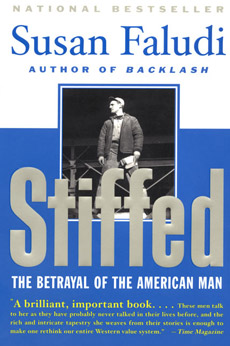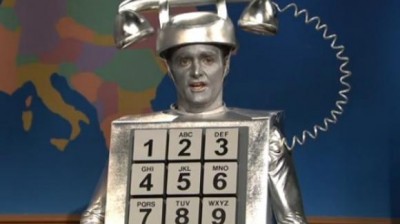When Sarah Palin endorsed Donald Trump, it provided political commentators with a goldmine of analytic fodder. Working through the Palin-Trump team up, there is a lot to untangle.
For instance, how do we make sense of a political climate in which the 2008 vice presidential candidate, who so damaged the presidential campaign of her running mate that he could barely mask his contempt for her on election night, is now a desirable connection?
Or what dynamics were in play that pushed Palin to Trump rather than Cruz, especially given Palin’s support of Cruz in his senate bid?
Or could her endorsement backfire, finally impressing upon moderate Republicans the urgency of nominating Rubio or Bush? And relatedly, what’s up with Rubio falling into the mainstream/moderate category?
While commentators touched on a few of these things, largely, the conversation was dominated by another topic entirely: Sarah Palin’s sweater. more...










